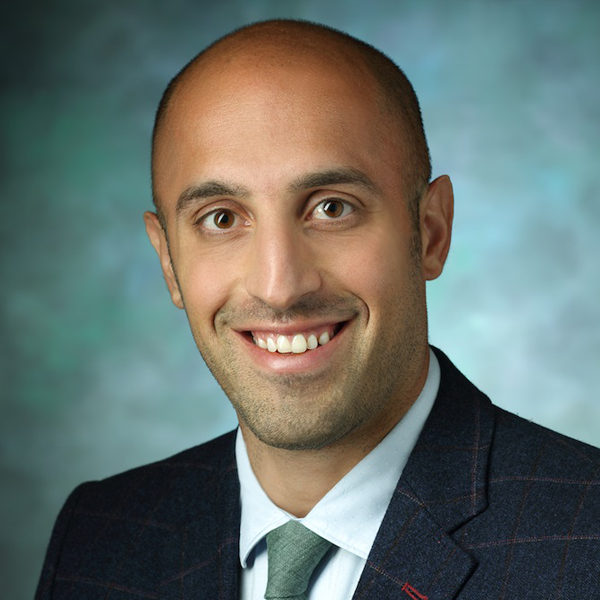Takeaway
We aren't expected to know everything. Identifying the salient features of a case can lead you to the diagnosis.

Lifelong Learning in Clinical Excellence | May 23, 2019 | 1 min read
By Reza Manesh, MD, Johns Hopkins University School of Medicine
You’re not expected to know everything!
In Episode 33 of the Clinical Problem Solvers, Emily Silverman, MD, host and creator of The Nocturnists, presented an unknown case to me, a generalist with a passion for clinical reasoning. I didn’t arrive at the correct answer, in fact, I had never heard of it. The journey of such an exercise is more important than the destination. It’s analogous to a mathematical problem where the intermediary steps are reflective of an individual’s thought process.
Exploring and explaining my thinking
The case started with dyspnea, in which I shared a solid framework. It’s a problem I think about regularly as a hospitalist. The past medical history included lymphedema, which ultimately was a clue to the final diagnosis. My knowledge at that moment in time for lymphedema was limited to it being non-pitting. I wasn’t aware that a minority of cases might be a manifestation of a hereditary or a syndromic disease like tuberous sclerosis. Then I was presented exam findings of dystrophic nails, which I thought must be related to some kind of trauma. My mind skipped that information, although it was signal to the final diagnosis.
Unsure of the final diagnosis
I was able to create a differential diagnosis of the most common causes for the patient’s pleural effusion. Here’s my schema. However, after categorizing the pleural effusion as a chylothorax, I didn’t have a schema to deploy. My only thought was trauma to the thoracic duct, which there was no evidence of. At this point, I shared with the audience I was unsure of the final diagnosis, but felt it was related to the patient’s chylothorax.
Identifying the salient features of a case
As clinicians we aren’t expected to know everything. More important is identifying the salient features of a case. With the right frame, you’ll arrive at the correct diagnosis by consulting a colleague, using a differential diagnosis generator like Isabel, a search engine like Google, or platform like HumanDx.

